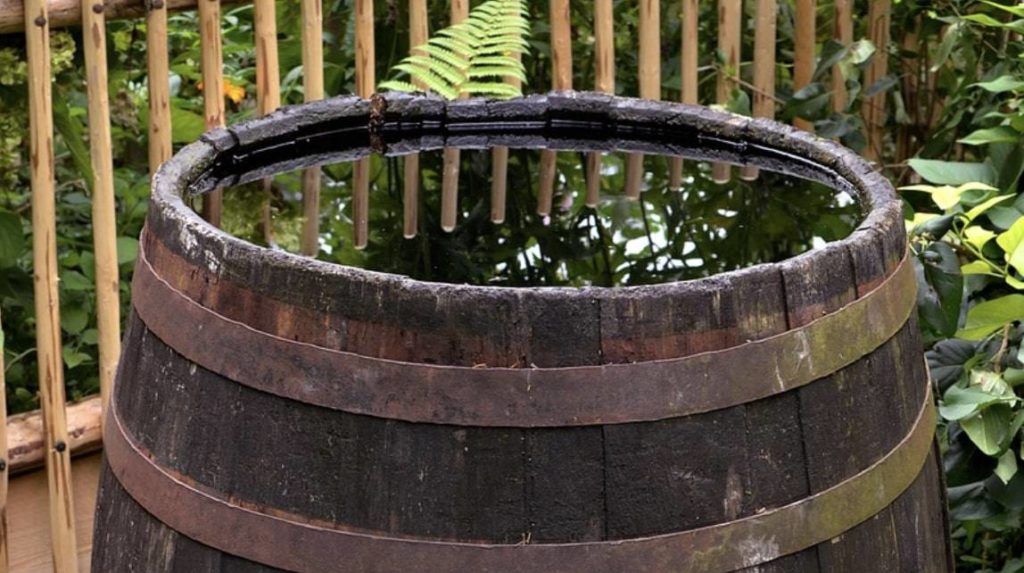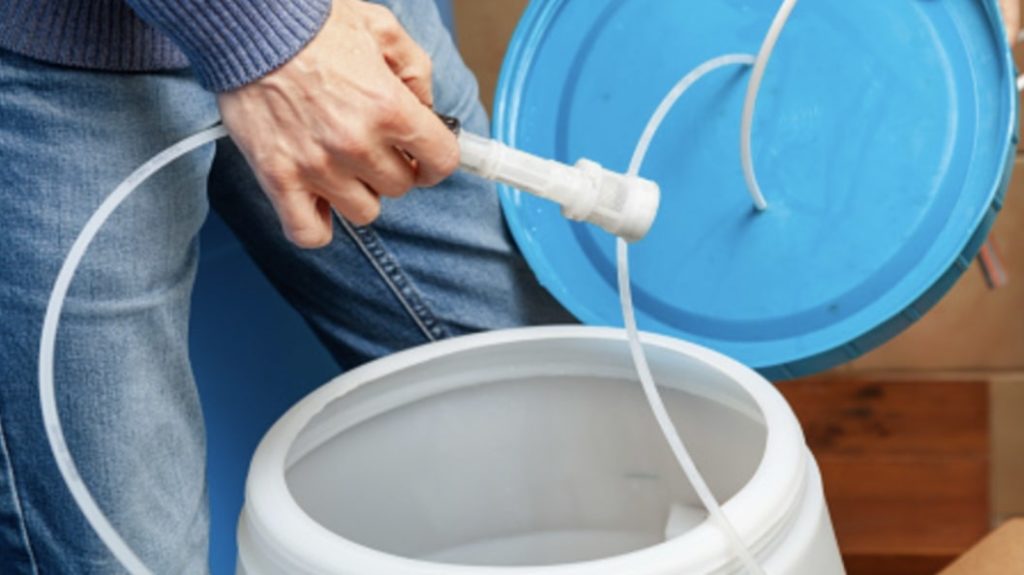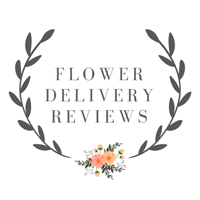People have depended on tap water for quite a long while in gardening. But if you’re looking to work greener, there’s another viable solution—rainwater.
You might ask: “How do you obtain fresh, uncontaminated rainwater for your garden?” Simple, you just collect it manually with a barrel under your roof edges or gutters.
If you’ve done it right, not only do you get a large and free fresh water supply for your plants year-round, but you’ll also reduce water pollution, which contaminates marine life and habitat.
Continue reading this guide to know more about using rainwater for gardening. While it can seem like a new and hard endeavor, it’s actually simple to do!
What are the steps for collecting rainwater for a garden?
First, you have to find out whether your location gets enough rain in the year. Otherwise, it might not be at all practical to use this method.
If where you live gets sufficient rain that you can collect, then proceed with the steps outlined below:
1) Use a rainwater barrel

The best container is a rainwater barrel since its upper part is wide enough to catch the rain and it can hold large amounts at a time.
You can use any type of rainwater barrel, be it wood or plastic. Otherwise, a large bucket or another container will be fine.
Irrespective of your choice of container, remember to cover it with a lid after collecting to keep the water inside from being contaminated.
2) Place the barrel under the roof edges

Next, you need to gather rainwater from the very best spot to maximize your water collection—not just anywhere.
Preferably, you can put the barrel under a section of the roof where a large stream of water cascades to the ground.
Furthermore, if the barrel has a spigot, make sure it faces toward your garden so watering the flowers and plants will be a piece of cake.
Also, you have to elevate the barrel on a layer of bricks or a stand or platform of any durable material. This enables a higher pressure of water from a hose or sump pump to be directed onto your flora and yard.
3) Store your rainwater properly

And third, you must store the rainwater properly so no bacteria and pests will breed or pollute it.
For this, as we said earlier, you have to put the lid on the barrel after getting rainwater. Or put a screen on top of it to prevent mosquitoes from hovering or laying eggs in the water.
Afterward, you can place it in a clean and secure place, like your garden shed or a clean spot in the yard.
During the colder winter months, only fill up the rain barrel at 3/4 of its height. This is because water will expand under freezing conditions.
How much water will you save with a rainwater harvester?
Water fills up in the container quite fast. An experienced rain barrel retailer says that a 200-square-foot roof will give 60 gallons of water to your rain barrel per day.
With this, you can save up to 2.5 gallons per hour, 1.25 gallons per 30 minutes, or 0.625 gallons per 15 minutes, considering that rainfall doesn’t happen all day.
For your garden, most plants need deep watering of about 2 inches or more to promote healthy and strong roots. But overwatering them is wrong, as this will only cause root rot and fungal spots.
Now, 2 inches of deep watering equates to 1.25 gallons of water per square foot. So if your garden is 35 square feet, the water you’ll be able to save is 43.75 gallons!
What are the cost savings for using fresh rainwater for your plants?
In America, water companies charge an average price of $1.50 for every 1,000 gallons. So this is equivalent to less than a cent ($0.0015) for a gallon of water.
Using the above example, you just multiply $0.0015 x 43.75 gallons = $0.066. That may seem only a little, but remember, you will use rainwater often in your garden.
So let’s say you’ve been using rainwater to water your garden for a year. So in this circumstance, you’ll save $23.66 in a year, which can be used as extra money for other things you need.




